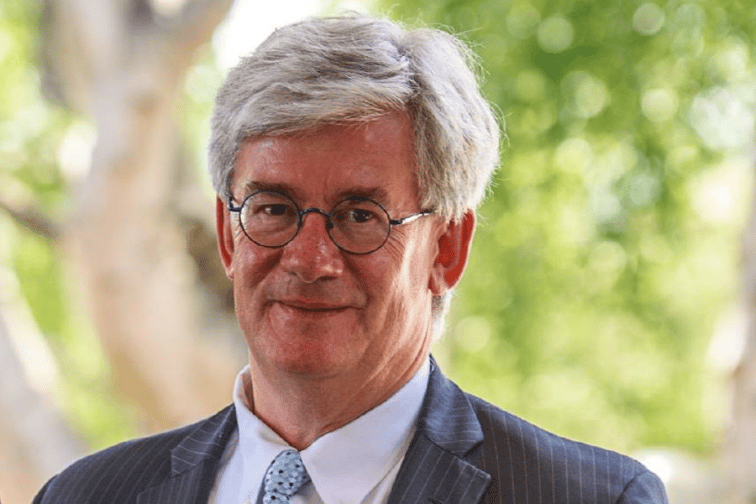

The December cash rate decision, set to be announced this afternoon, is perhaps more widely anticipated than any in the last year.
Last month’s iteration, released by the Reserve Bank of Australia (RBA) on Melbourne Cup Day, caused a shockwave through the market by abandoning the long-stated goal of 2024 to raise from a record low of 0.1%.
Now, the RBA must respond to the market chaos that followed their last meeting, in which the Big Four lenders have moved their fixed rates upwards multiple times.
CBA has made three moves in six weeks, as have NAB and ANZ, while Westpac has moved four times.
The most striking thing about the current fixed rate environment is that there is now a gap of between 35 and 50 points (depending on the lender) between two-year fixed and three-year fixed rates, reflecting the uncertainty that banks are pricing into longer term rates.
Read more: Is the broker pay review really necessary?
“The financial markets expect that there will be very little action with regard to official interest rates within the next two years, but after that, rates in Australia will start catching up with earlier rate movements by central banks in other countries,” explained Saul Eslake, one of Australia’s leading economists.
“Fixed rate mortgages price off the longer term bond market and the further out you go along the yield curve, as you move from one and two years to five and ten, the greater the influence of overseas bond markets and the less the influence of what the market expects the RBA to do with the local cash rate.”
“We’ve seen significant upwards moves in the past year in longer term interest rates in the United States and other financial markets, in response to the increases in inflation that have been larger and lasted longer than had initially been expected, both by financial markets and central banks.”
“It now seems highly likely that the US Federal Reserve will cease its purchases of government bonds and mortgage-backed securities earlier than they had previously flagged, possibly as early as March next year, and then they will start raising their version of the cash rate, the funds rate, possibly as soon as June.”
What happens abroad will eventually filter back to Australia, according to Eslake, with a knock-on effect to the price of money here.
“All of that has been reflected in the price of US five- and ten-year bonds, which has fed through to Australian longer term bond yields, off which the financial markets price,” he said.
“Now, the RBA has been quite emphatic in pushing back against the idea that it is going to be raising the cash rate within the next two years, but it has conceded that rates could rise sooner than the 2024 that they had previously insisted was the earliest date at which they would raise.”
“My view is that the RBA’s first cash rate raise will be in May of 2023, and I’ve held that view for some time. I would expect that, in the next 6 months, that would start to be reflected in the two-year bond rate and hence in rates on two-year fixed mortgages, though I think it will take a couple of months before that becomes clear.”
